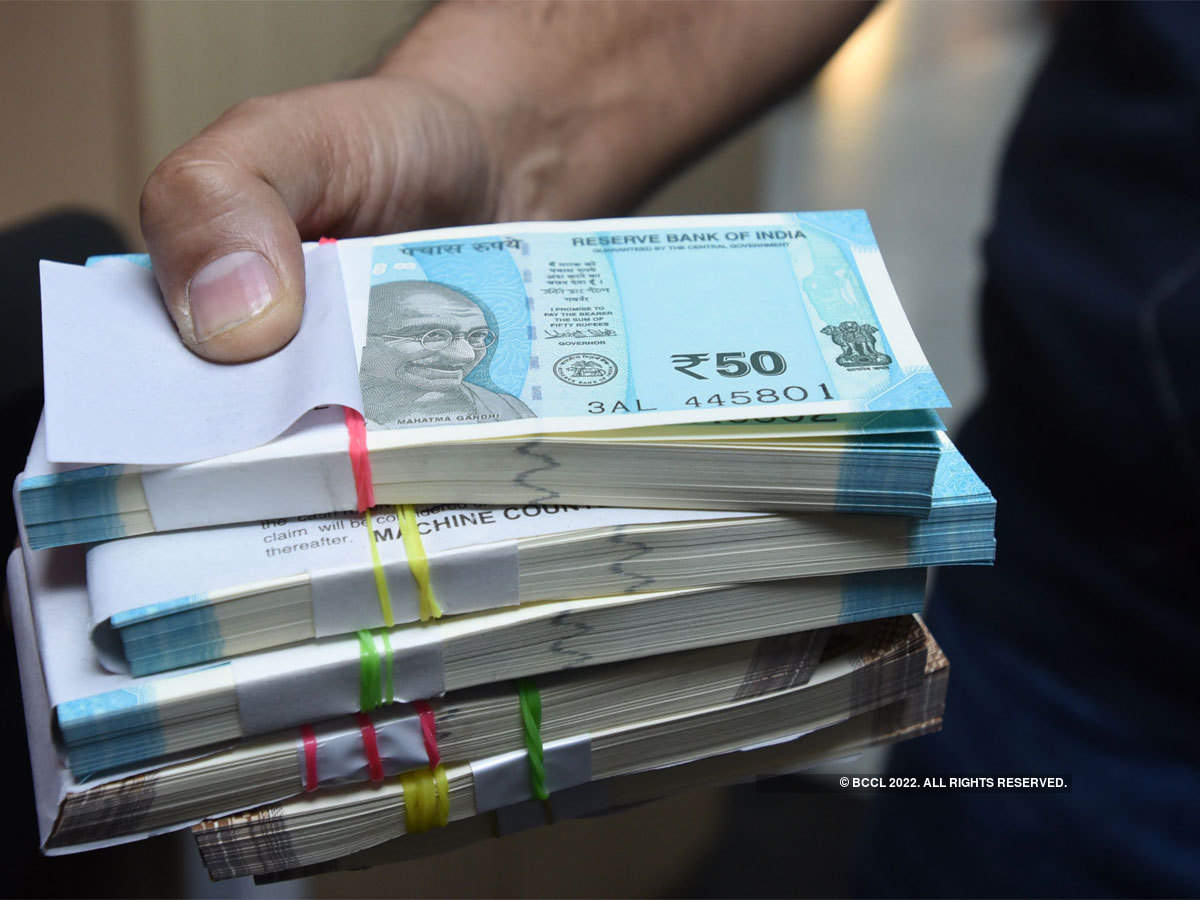Mark Twain stated want of money causes all evil. India’s defence budget confirms this. The chronic lack of money for defence also fuels budgetary issues. These modifications may address Twainian evil, say many observers. They expect those adjustments will free up more spending money. It’s unlikely. It’s almost difficult to meet the military’s demands without doubling the defence budget. Kin Hubbard said the easiest way to double your money is to fold it once and put it in your pocket. Only magic can do this.
Reforms are essential because the budget can ensure effective utilisation of resources to achieve financially viable goals. This objective involves micro and macro adjustments that are conceptually linked. The MoD’s Demands for Grant (DG) structure should be reexamined to enhance budget results. The budget is organised into four general directorates (DGs) and several ‘Major’, ‘Minor’, ‘Sub’ or ‘Detailed’ budget categories.

The defence budget is now divided into Civil Security, Revenue, Capital Outlay, and Pensions. Too many small and detailed budget heads exist in these DGs, especially the first three. The monies are meant for personnel pay and benefits, military property purchases, and infrastructure projects.
This outdated paradigm makes it difficult to analyse budgetary allocations. When analysing the success of defence outlays, there is minimal institutionalised attention on the objectives expected to be attained from yearly budgeted outlays, the actual accomplishments at year’s end, and the causes for mismatches between goals and achievements. Fix it.
The Union Budget for FY 2016–17 reduced the number of MoD DGs from eight to four. In order to provide a comprehensive picture of budgetary allotments and effective expenditure monitoring, various grant requests in the ministry/department were consolidated.
To ensure efficient resource utilisation, all Ministries and Departments rationalised their strategies for outcome-oriented monitoring of programme execution and schemes/projects. Umbrella programmes and schemes are now outcome-based. This method will likely be continued.
A defence budget follow-up was missing. The Indian Navy’s capital budget has been incorporated in various outcome-oriented budget categories in the last few years. Many projects were allocated in the 2018–19 DG for Capital Outlay on Defense Services.

The budget includes Project 1135.6 (Talwar-class frigates), Project Varsha, Air Defense Ships, VLF Project, Naval Academy Ezhimalai Project, Missile Technical Positions, Project Sea Bird Phase IIA, Construction of protective retaining Bund/Dry Dock, etc.
The MoD may then compare the outcomes of the cash allotted to these efforts to the year’s objectives. Instead of spreading this strategy to other areas of defence expenditure that may be reviewed for results, all of these budget subheads were abolished for FY 2019–20.
Any portion of the defence budget that can be assessed based on performance, such as capital acquisitions, should be included. Adopting this technique will require reexamining the present budget heading structure, which is outdated and doesn’t adequately identify spending based on results.
Without a comprehensive framework and hard-nosed criteria for defence expenditure, these micro-level’reforms’ won’t succeed. If this macro-level adjustment is adopted, MoD and the military must be more realistic in their spending. Therefore, annual budgetary estimates must include cash availability rather than self-serving assumptions regarding defence expenditure.
Concepts that were never implemented include restricting the defence budget at 3% of GDP, creating a permanent fund for modernisation, and eliminating military pensions from the defence budget. Costs of defence manufacturing have been indigenized and labour costs decreased by lowering production staff.
There’s no way to tell how much money can be saved by these approaches or, more importantly, whether the money saved would be enough to exorcise Taiwan’s financial demon, therefore examining these options is helpful. India’s defence budget for the next three fiscal years is likely to fall short by Rs 9,87,470 crore, with Rs 5,27,491 crore spent on modernisation. 4 No realistic increase in the defence budget or the planned Defense Modernization Fund can close this deficit.
Defense planning requires zero-based budgeting. Reduce wasteful spending, monitor spending, analyse impacts, and take corrective action will ensue. Defense planning hasn’t followed suit.

